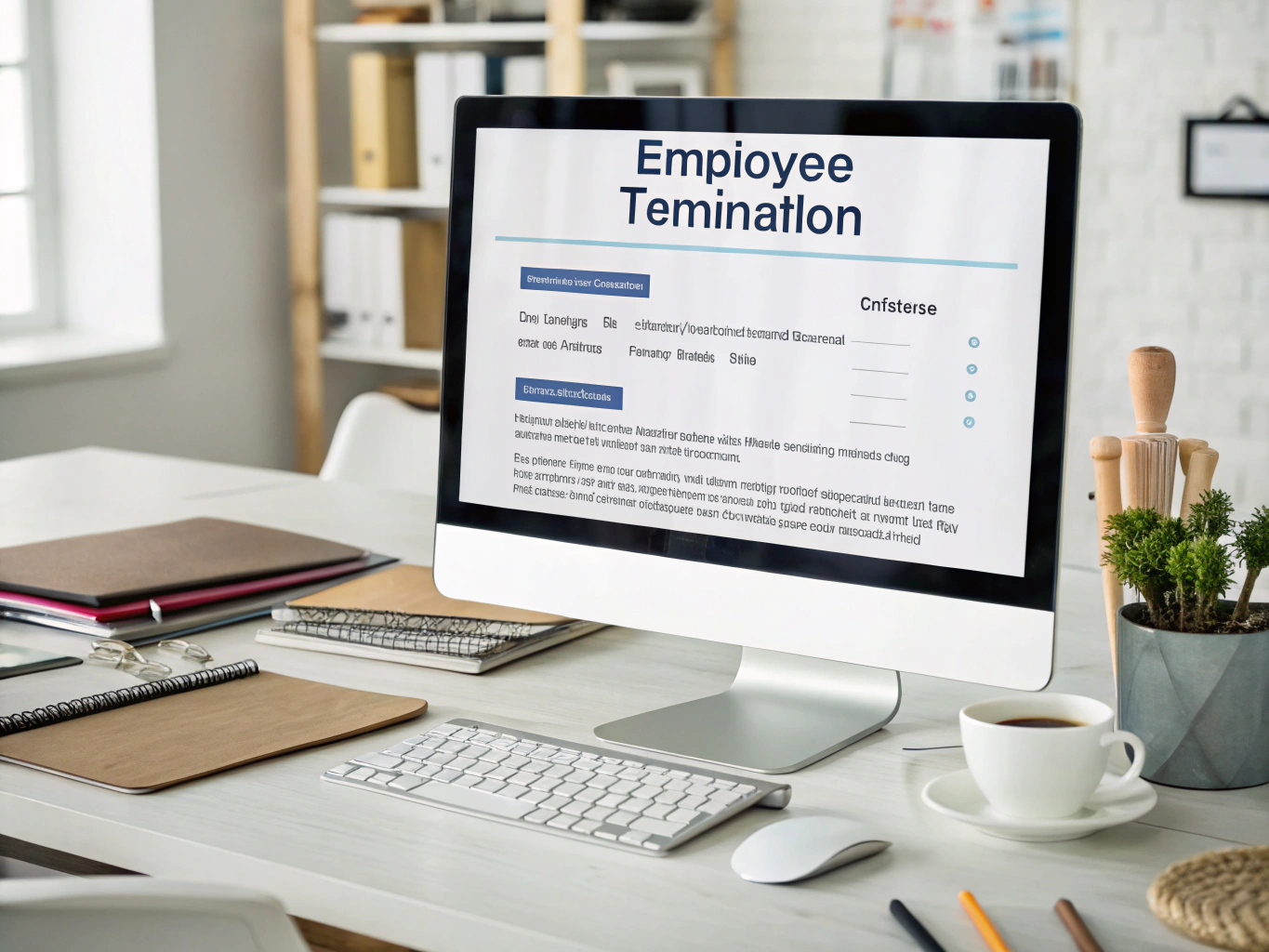This email template is designed for HR professionals to welcome new employees to the organization. Sending a ‘Welcome Aboard’ email is a crucial step in the onboarding process, as it creates a positive first impression and helps the new hire feel valued and integrated into the team.
Template Email
Email subject line: Welcome to the Team, [Employee’s Name]!
Dear [Employee’s Name],
We are thrilled to welcome you to [Company Name]! Congratulations on joining our team; we are excited to have you with us and look forward to witnessing your growth and contributions.
At [Company Name], we pride ourselves on our [insert a brief description of company culture, e.g., collaborative environment, commitment to innovation, etc.]. We believe you will find our workplace to be an inspiring and supportive environment.
Your role as [Position Title] is vital to our success. In this position, you will be responsible for [insert brief overview of job duties and responsibilities]. We have no doubt that your skills and experience will be an excellent fit for our team.
In the coming days, you will receive additional information from [HR Manager’s Name] regarding your onboarding tasks and any essential paperwork that needs completing. We encourage you to address these items promptly to ensure a seamless start to your journey with us.
If you have any questions or need assistance, please feel free to reach out to your manager, [Manager’s Name], or me directly. We are all here to help you as you transition into your new role.
Once again, welcome to [Company Name]! We are excited to have you on board and can’t wait to see all that you will accomplish.
Best regards,
[Your Name]
[Your Position]
[Your Contact Information]
Why does it matter?
A ‘Welcome Aboard’ email plays a pivotal role in the onboarding experience. It sets a warm tone for the new employee’s journey within the company, reinforcing that they are valued and appreciated. This email also serves as a vital communication tool to provide essential information and resources, allowing the new hire to feel informed and prepared for their first day.
When to send?
This email should be sent immediately after the new employee has accepted the job offer, ideally within a few days before their official start date. This timing ensures the new hire feels welcomed right from the outset, allowing them to feel engaged and connected to the company early on.
What to include?
- A warm and friendly welcome message to create a positive first impression.
- Information about the company’s culture and values, providing context for the new hire’s place within the organization.
- Clear details about the employee’s role, including key responsibilities and expectations.
- Any necessary onboarding procedures or tasks that need to be completed before the start date.
- Contact information for the employee’s manager and the HR representative to facilitate communication.
Best Practices
- Personalize the email by including the new hire’s name and specific details about their role to foster a sense of belonging.
- Keep the tone warm and welcoming while maintaining professionalism to reflect the company’s culture.
- Be concise yet informative, ensuring the email is easy to read and understand.
- Encourage questions and offer support to reassure the new employee that help is always available.
Common Mistakes to Avoid
- Sending the email too late, which can lead to the new hire feeling undervalued or unimportant.
- Overloading the email with excessive information that may overwhelm or confuse the recipient.
- Neglecting to proofread for typos or grammatical errors, which can undermine professionalism.
- Failing to personalize the message, as generic emails can feel impersonal and disengaging.




